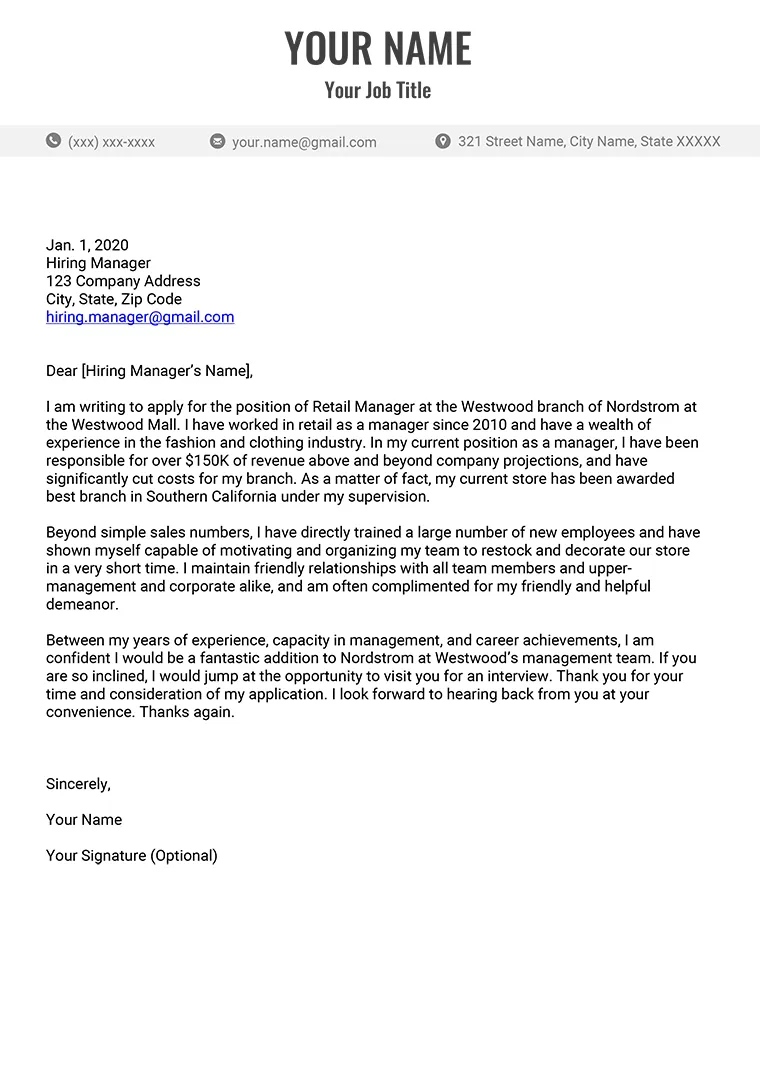What is a Cover Letter?
A cover letter is a crucial document that accompanies your resume when applying for a job. It serves as your introduction to the hiring manager, providing an opportunity to showcase your personality, skills, and enthusiasm for the position. Unlike a resume, which provides a factual overview of your experience, a cover letter allows you to tell your story and explain why you are the ideal candidate for the role. It should be tailored to each specific job application, highlighting the skills and experiences most relevant to the position and demonstrating your understanding of the company and its needs.
The Importance of a Cover Letter
In today’s competitive job market, a well-crafted cover letter can be the key to landing an interview. It’s an opportunity to make a strong first impression, setting you apart from other applicants. Many hiring managers consider cover letters essential, as they provide insights into your communication skills, writing ability, and genuine interest in the role. A cover letter can also help you address any potential gaps in your resume, explain career transitions, or highlight transferable skills that might not be immediately apparent. By effectively communicating your value proposition, a cover letter can significantly increase your chances of getting noticed and securing an interview.
Key Components of a Cover Letter
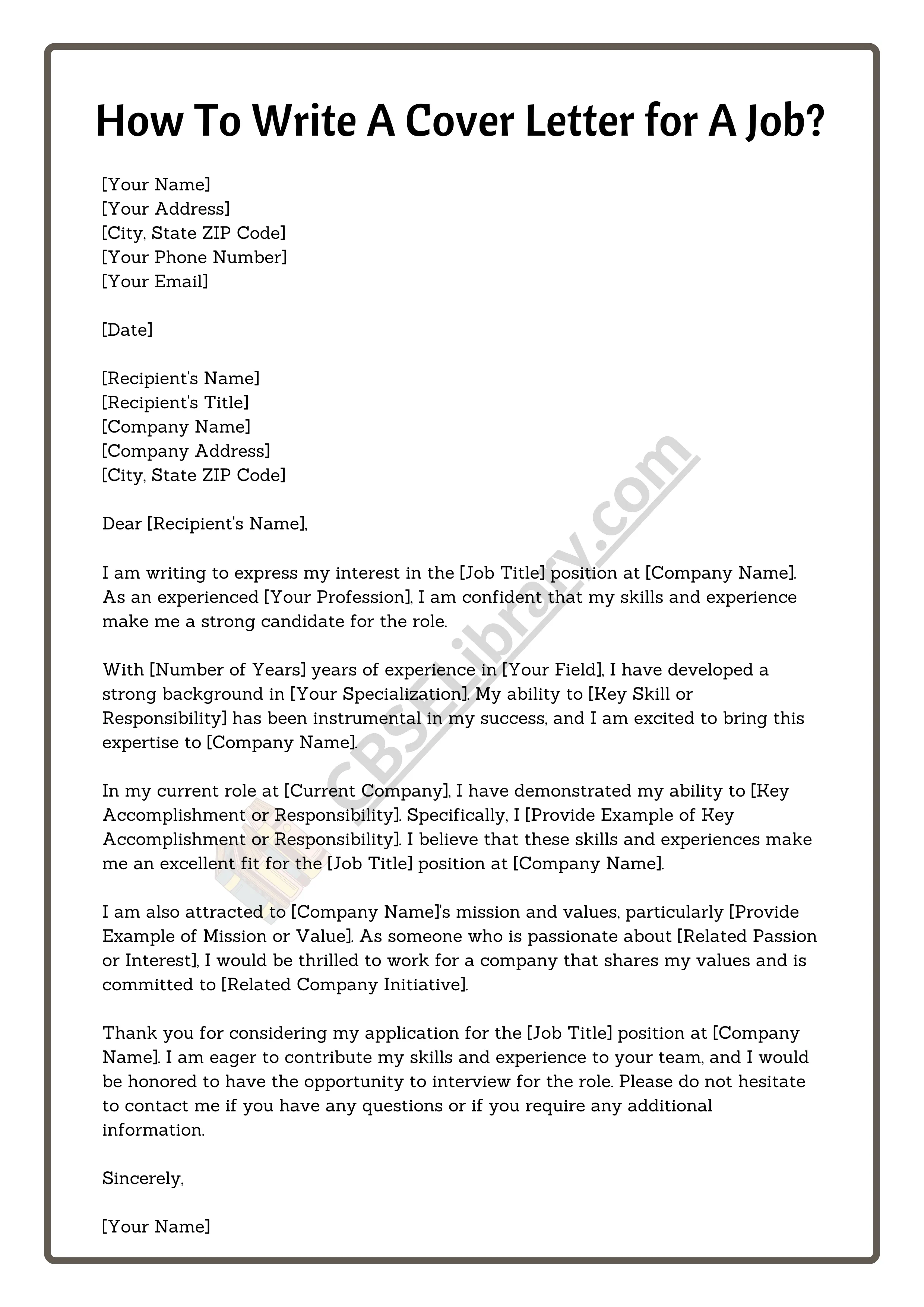
A compelling cover letter consists of several essential components that work together to present you in the best possible light. Each section plays a vital role in conveying your qualifications and making a positive impression on the hiring manager. The key elements of a cover letter include your contact information, the hiring manager’s contact information, a personalized greeting and introduction, well-structured body paragraphs highlighting your skills and experience, a call to action encouraging an interview, and a professional closing and signature. Carefully crafting each of these sections is crucial for creating a cover letter that effectively communicates your value and secures you an interview.
Your Contact Information
At the top of your cover letter, include your full name, address, phone number, and email address. This information allows the hiring manager to easily contact you. Ensure your email address is professional and appropriate for a job application. Consider using a simple format like your first and last name. This section should be clearly formatted and easy to read, making it simple for the hiring manager to reach you.
The Hiring Manager’s Contact Information
Direct your cover letter to a specific person whenever possible. Research the hiring manager’s name and title and include this information below your contact details and before the greeting. Addressing your letter to a specific individual demonstrates that you’ve taken the time to learn about the company and the role. If you can’t find a specific name, use a general greeting, such as “Dear Hiring Manager,” but always strive for personalization.
Greeting and Introduction
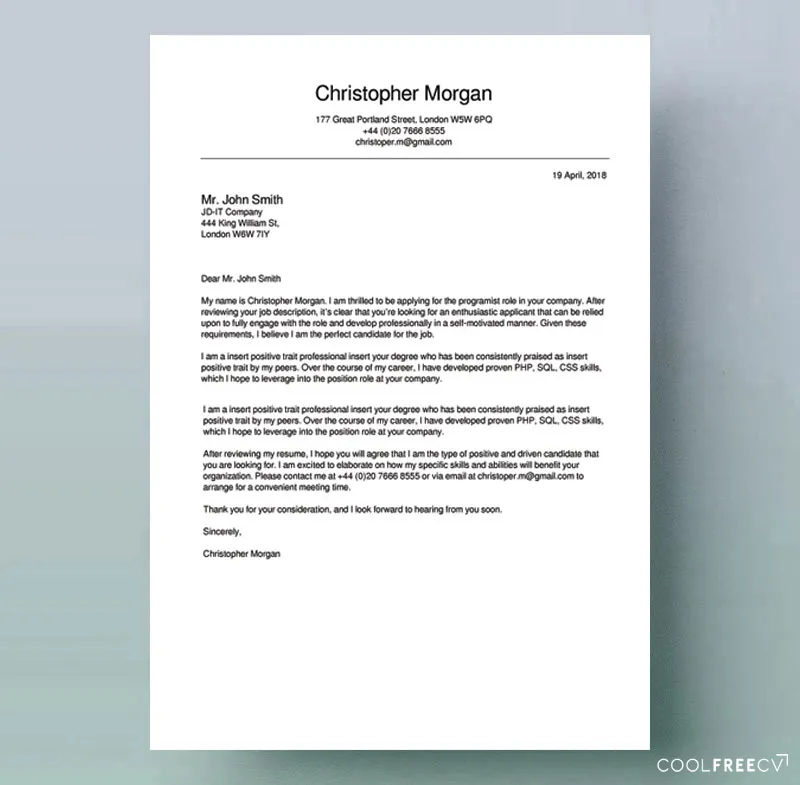
Start your cover letter with a professional greeting, such as “Dear Mr. or Ms. [Last Name],” or “Dear Hiring Manager.” In the introduction, clearly state the position you’re applying for and how you found the job posting. Briefly mention why you’re interested in the role and the company. Keep the introduction concise and engaging, setting the tone for the rest of your letter. The goal is to immediately grab the reader’s attention and make them want to learn more about you.
Body Paragraph 1 Highlight Your Skills
In the first body paragraph, highlight the skills and qualifications that directly align with the job requirements. Review the job description carefully and identify the key skills the employer is seeking. Provide specific examples of how you’ve demonstrated those skills in previous roles or projects. Quantify your accomplishments whenever possible to showcase the impact you’ve made. For instance, instead of saying “Managed social media,” say “Increased social media engagement by 30% through targeted content strategies.” This approach demonstrates your abilities and provides concrete evidence of your value.
Body Paragraph 2 Showcase Your Experience
The second body paragraph should showcase your relevant experience. Focus on the roles and responsibilities that have prepared you for the position you’re applying for. Provide a brief overview of your previous roles and highlight your accomplishments. Explain how your past experiences have equipped you to succeed in this new role. Show how your experience aligns with the job description, emphasizing how you can contribute to the company’s success. Tailor this section to the specific job and the company’s needs, demonstrating a clear understanding of their goals.
Body Paragraph 3 Express Your Enthusiasm
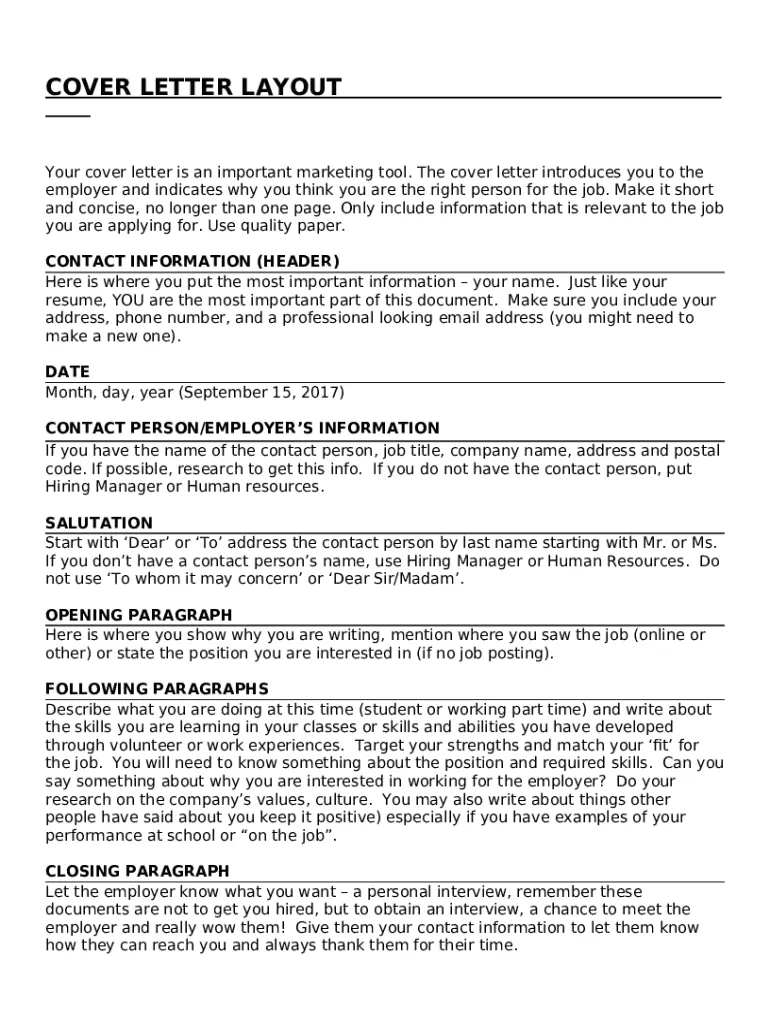
In the final body paragraph, express your enthusiasm for the position and the company. Explain why you’re interested in working for them and what excites you about the opportunity. Show that you’ve researched the company and understand their mission, values, and culture. Demonstrate how your personal and professional goals align with the company’s objectives. Tailor this part to show your genuine interest and passion for the role and the organization.
Call to Action Request an Interview
Conclude your cover letter with a clear call to action. Express your interest in an interview and thank the hiring manager for their time and consideration. Make it easy for them to take the next step by providing your contact information again. For example, you could write, “I am eager to discuss my qualifications further and am available for an interview at your earliest convenience. Thank you for considering my application. I look forward to hearing from you soon.” This final statement reinforces your interest and encourages the hiring manager to take the next step.
Closing and Signature
End your cover letter with a professional closing, such as “Sincerely,” “Best regards,” or “Thank you.” Below your closing, leave space for your handwritten signature, followed by your typed name. If submitting an electronic cover letter, you can simply type your name. This closing provides a polite and professional end to your letter and reinforces your commitment to the opportunity. Ensure your signature is clear and easy to read.
Formatting Your Cover Letter
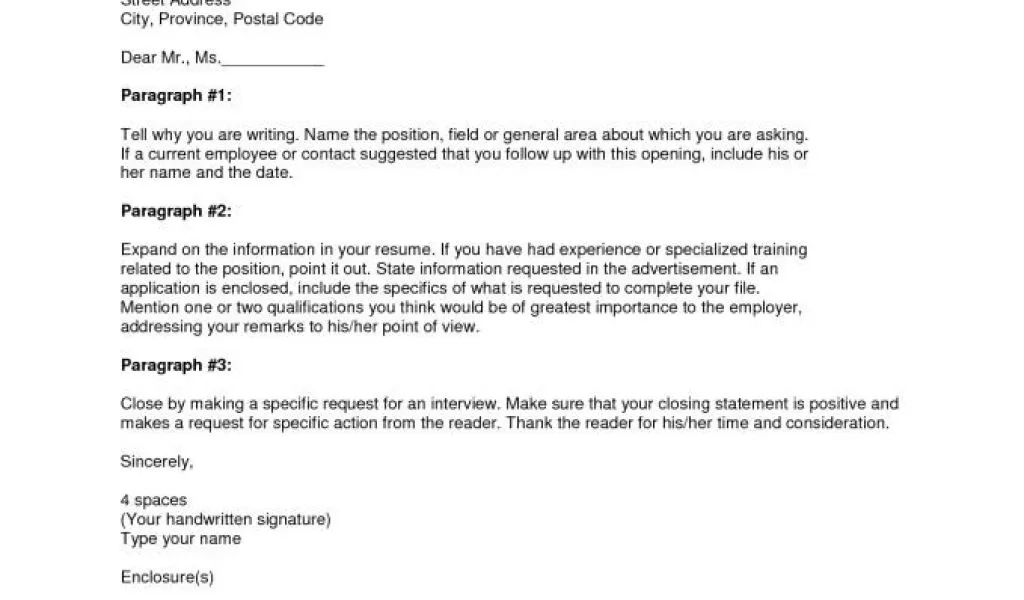
The formatting of your cover letter is just as important as the content. Proper formatting ensures your letter is easy to read and visually appealing. Use a professional font, maintain consistent margins, and keep the overall layout clean and organized. Ensure your cover letter is free of typos, spelling errors, and grammatical mistakes. A well-formatted cover letter demonstrates attention to detail, professionalism, and respect for the hiring manager’s time.
Choosing the Right Font
Select a professional and easy-to-read font for your cover letter. Popular choices include Times New Roman, Arial, Calibri, and Helvetica. Stick to a font size between 10 and 12 points to ensure readability. Avoid using overly decorative or unusual fonts, as they can distract the reader and make your letter look unprofessional. The goal is to make your cover letter easy to read and visually appealing, allowing the hiring manager to focus on your qualifications.
Cover Letter Length
Keep your cover letter concise and to the point. Aim for a length of one page, unless specifically instructed otherwise in the job posting. Hiring managers are busy and often have to review many applications, so it’s important to respect their time. Focus on the most relevant information and avoid unnecessary details. A well-written, concise cover letter is more likely to be read and appreciated than a lengthy one.
Proofreading and Editing Tips
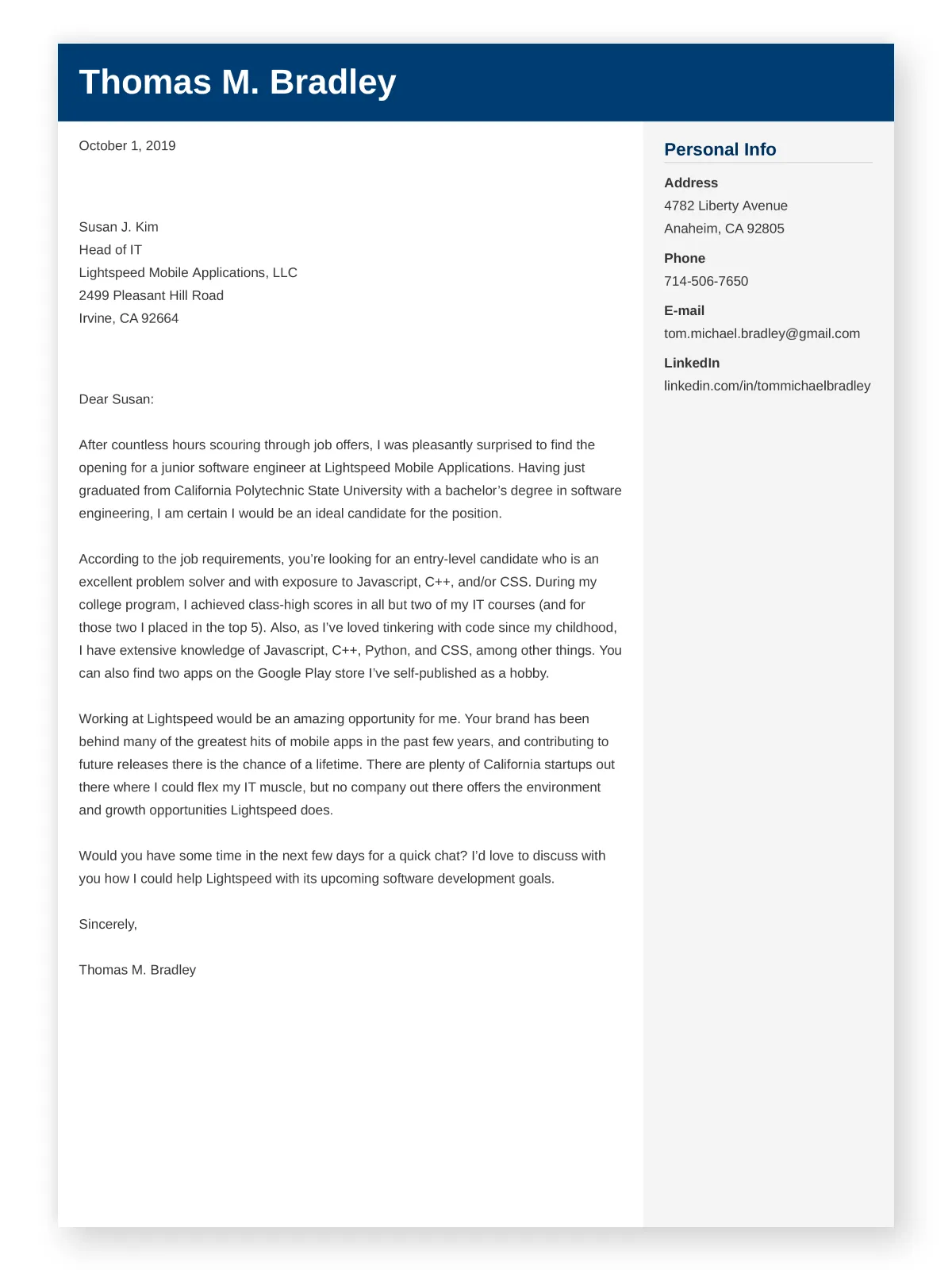
Proofreading is crucial to ensure your cover letter is free of errors. After you’ve finished writing, take the time to carefully proofread your letter. Check for spelling mistakes, grammatical errors, and typos. Read your cover letter aloud to catch any awkward phrasing or sentence structure issues. Consider having a friend, family member, or career advisor review your cover letter for a fresh perspective and to catch any errors you might have missed. A polished cover letter reflects professionalism and attention to detail.
Common Mistakes to Avoid
Avoiding common mistakes can significantly improve the effectiveness of your cover letter. Be mindful of errors that can quickly disqualify your application and prevent you from advancing in the hiring process. By understanding the pitfalls, you can create a cover letter that makes a positive impression and increases your chances of getting an interview.
Using Generic Templates
Avoid using generic cover letter templates that are not tailored to the specific job. These templates often lack personalization and make it clear that the applicant hasn’t put much effort into the application. Hiring managers can easily identify generic letters and may disregard them. Tailor each cover letter to the specific job and company, demonstrating that you have taken the time to understand their needs and requirements. Personalization shows you’re genuinely interested in the role.
Focusing on Yourself Too Much
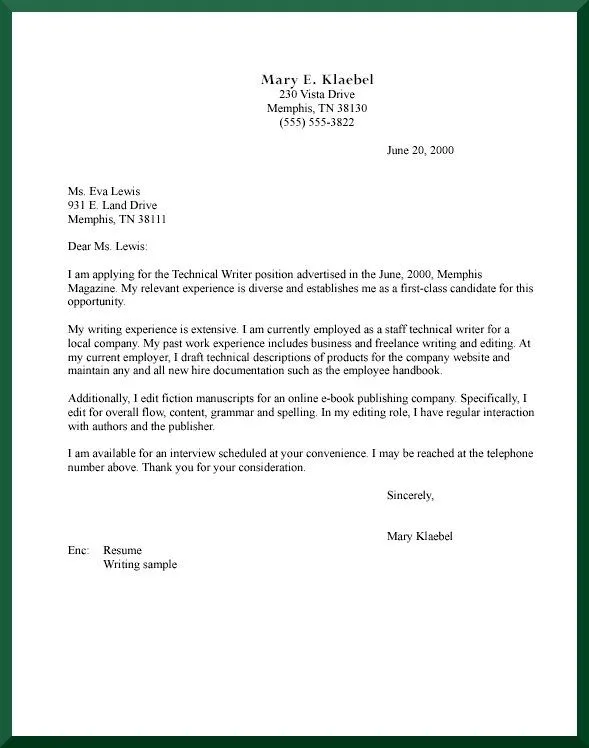
While it’s important to highlight your skills and experience, avoid making your cover letter all about you. Instead, focus on how your skills and experience can benefit the company. Demonstrate how you can solve their problems and contribute to their success. Frame your accomplishments in terms of how they align with the company’s needs and objectives. Focus on providing value to the employer and showing why you’re the right fit for the role.
Ignoring the Job Description
Failing to address the requirements outlined in the job description is a critical mistake. Carefully review the job posting and identify the key skills and qualifications the employer is seeking. Customize your cover letter to match those requirements, providing specific examples of how you’ve demonstrated those skills in the past. Ignoring the job description shows a lack of attention to detail and may suggest that you’re not a good fit for the role. Show the hiring manager that you understand their needs.
Customizing Your Cover Letter
Customizing your cover letter is essential for making a strong impression on hiring managers. Tailoring your letter to each specific job application demonstrates your genuine interest and attention to detail. It shows that you’ve invested time and effort in understanding the company and the role. By personalizing your cover letter, you increase your chances of standing out from other applicants and getting noticed.
Tailoring to the Specific Job
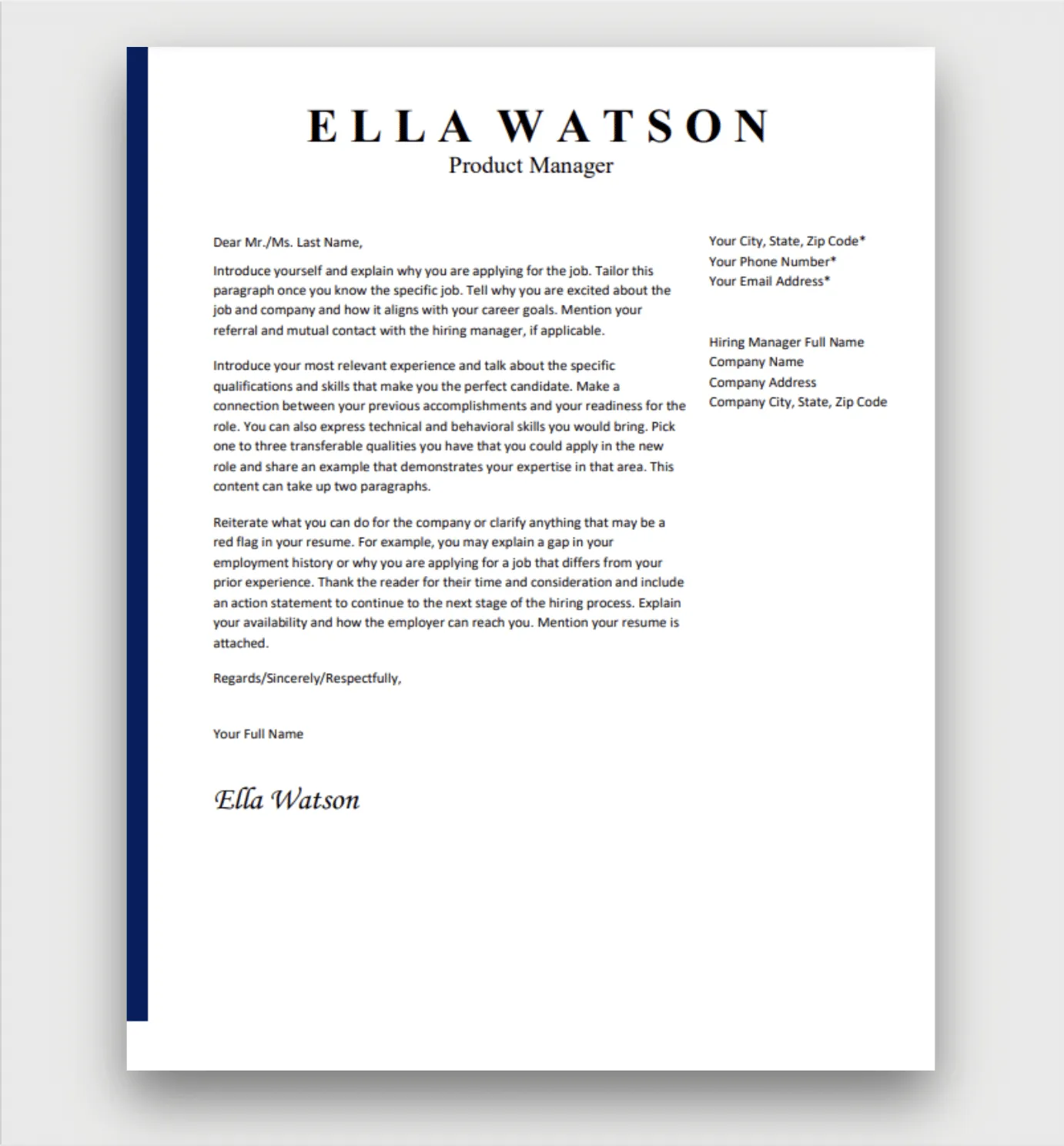
Carefully analyze the job description to identify the key skills, qualifications, and experiences the employer is seeking. Highlight how your skills and experience align with the job requirements. Provide specific examples of how you’ve demonstrated those skills in previous roles. Use the same keywords and phrases that are used in the job description to show that you understand the role and are a good fit for the company. Tailoring your letter ensures you address the specific needs of the employer.
Researching the Company
Researching the company demonstrates your genuine interest and understanding of their mission, values, and culture. Visit the company’s website, read articles about them, and check their social media profiles. Incorporate your research into your cover letter by mentioning the company’s recent achievements, projects, or initiatives. Show that you understand their business and are excited about the opportunity to contribute. This research will also give you a better feel of company culture.
Cover Letter Examples
Reviewing cover letter examples can provide valuable insights and inspiration for writing your own. Look for examples that are tailored to different industries, roles, and levels of experience. Pay attention to how the writers structure their letters, highlight their skills, and express their enthusiasm. Adapt the best practices from these examples to create a cover letter that effectively showcases your qualifications and makes a strong impression. Use the examples as guidelines but make sure you tailor your cover letter to each specific job application, demonstrating your unique strengths and experiences.
Cover Letter for Entry-Level Positions
For entry-level positions, focus on highlighting relevant skills, internships, volunteer experiences, and academic achievements. Even if you have limited professional experience, emphasize transferable skills such as communication, teamwork, and problem-solving. Tailor your cover letter to the specific job and company, showcasing your enthusiasm for the role and your willingness to learn. Show your strong work ethic and how you will be an asset to the team.
Cover Letter for Experienced Professionals
For experienced professionals, emphasize your relevant work experience, accomplishments, and leadership skills. Quantify your achievements whenever possible, using metrics to demonstrate your impact. Highlight your ability to solve problems, lead teams, and drive results. Tailor your cover letter to the specific job and company, showcasing your expertise and how you can contribute to their success. Demonstrate your understanding of the company’s challenges and how you can help them achieve their goals. Show your value through your past successes.
Tips for a Strong Cover Letter
Creating a strong cover letter requires attention to detail and a strategic approach. Implement these tips to make your cover letter stand out and increase your chances of getting an interview. These tips will help you showcase your qualifications effectively and make a positive impression on hiring managers.
- Use action verbs to describe your accomplishments.
- Keep it concise and focused.
- Proofread carefully for errors.
- Customize each letter for the specific job.
- Showcase your personality and enthusiasm.
- Highlight your most relevant skills and experiences.
- Quantify your achievements whenever possible.
